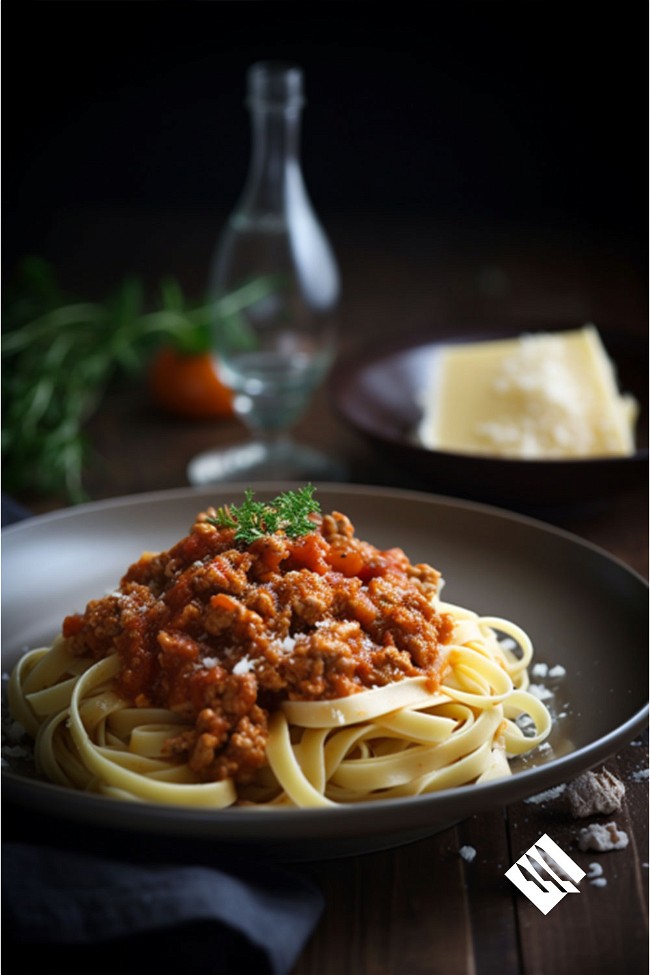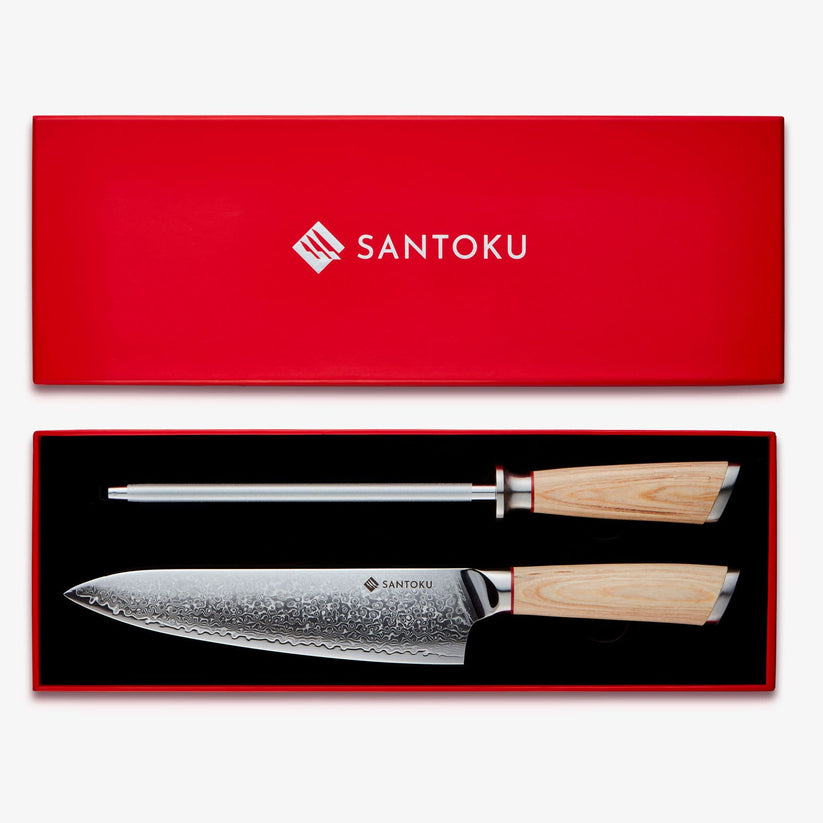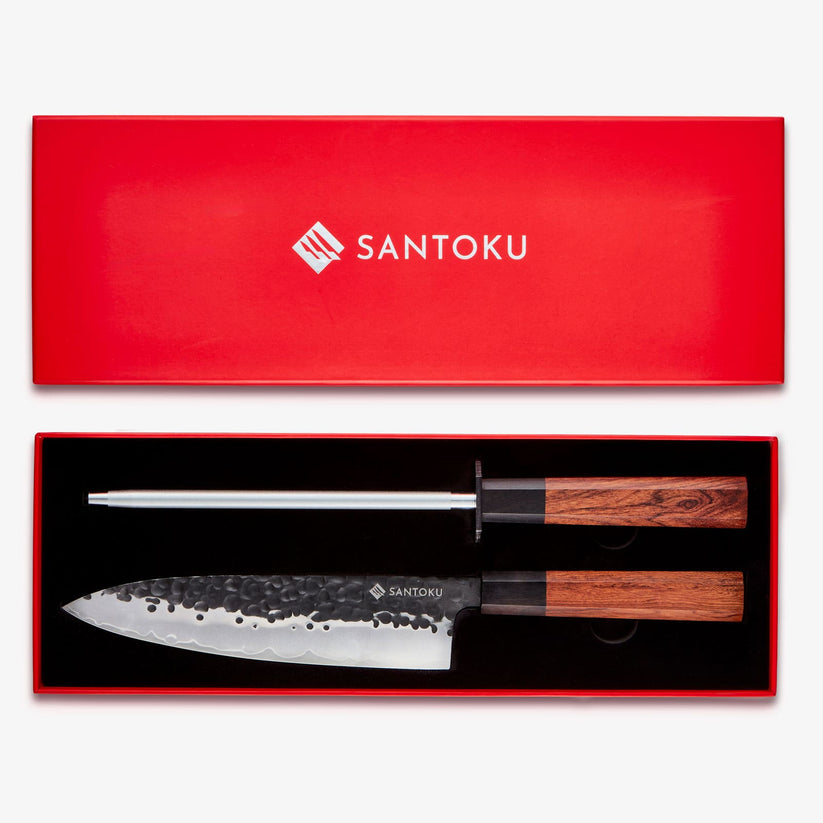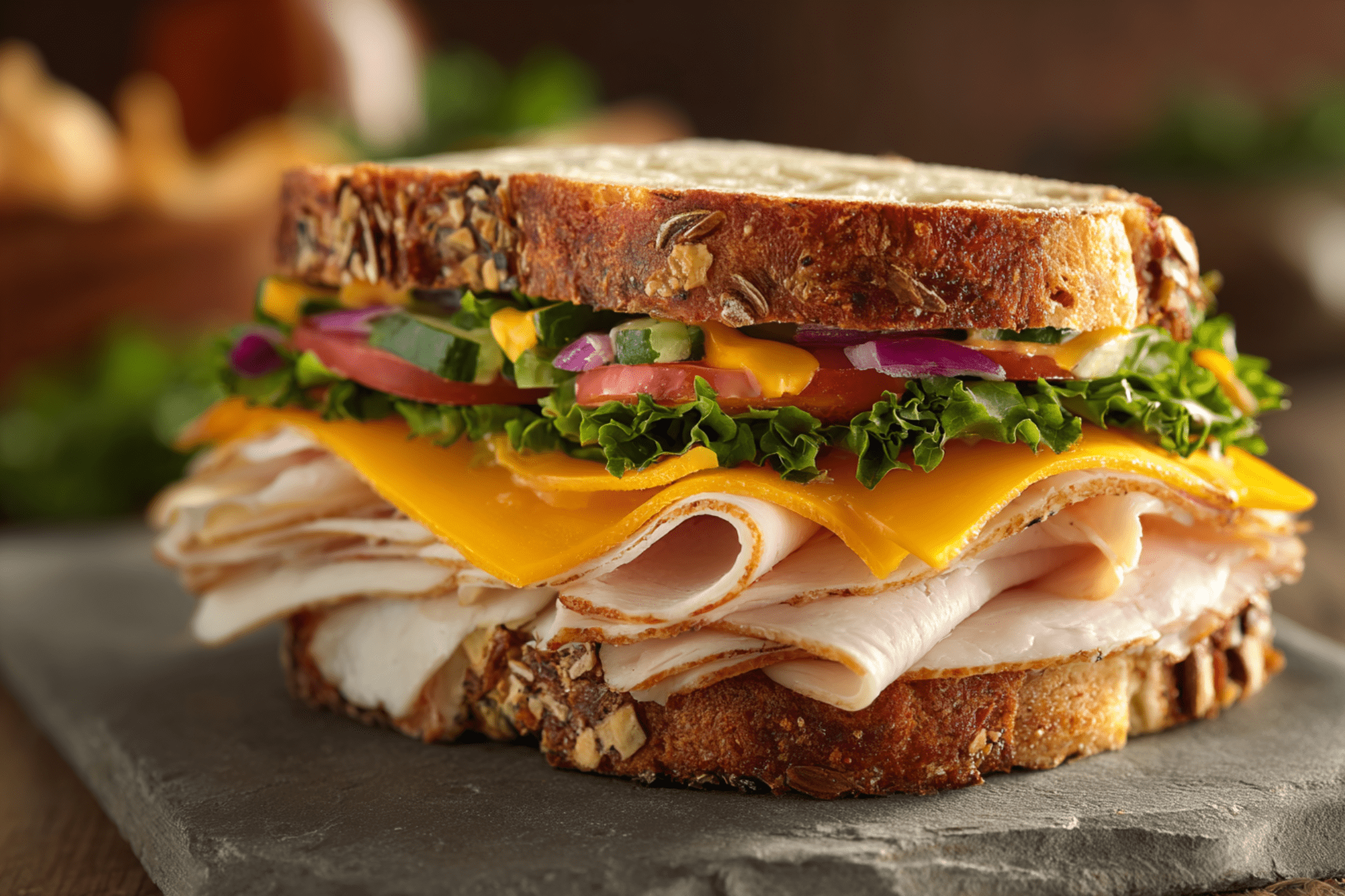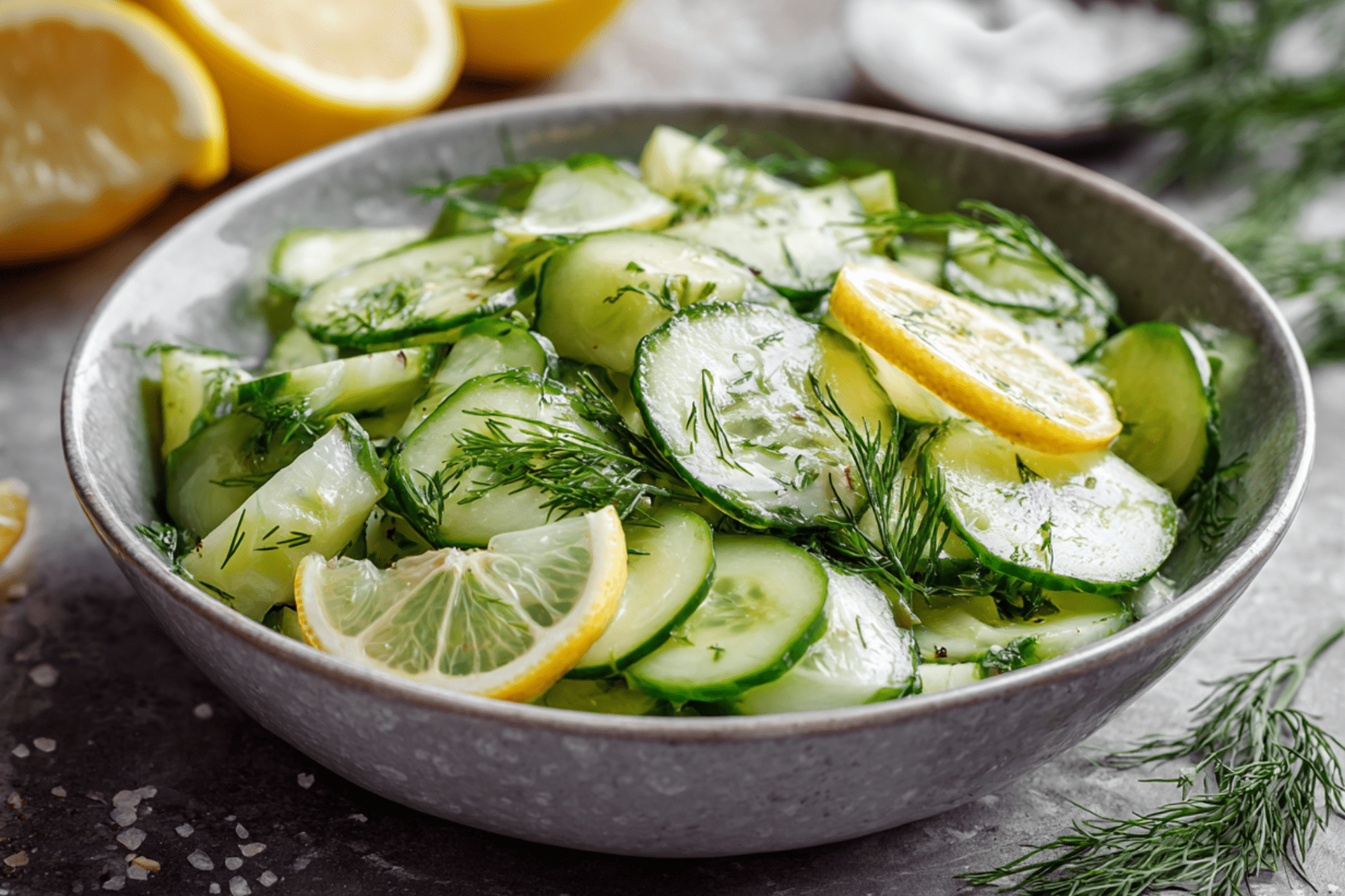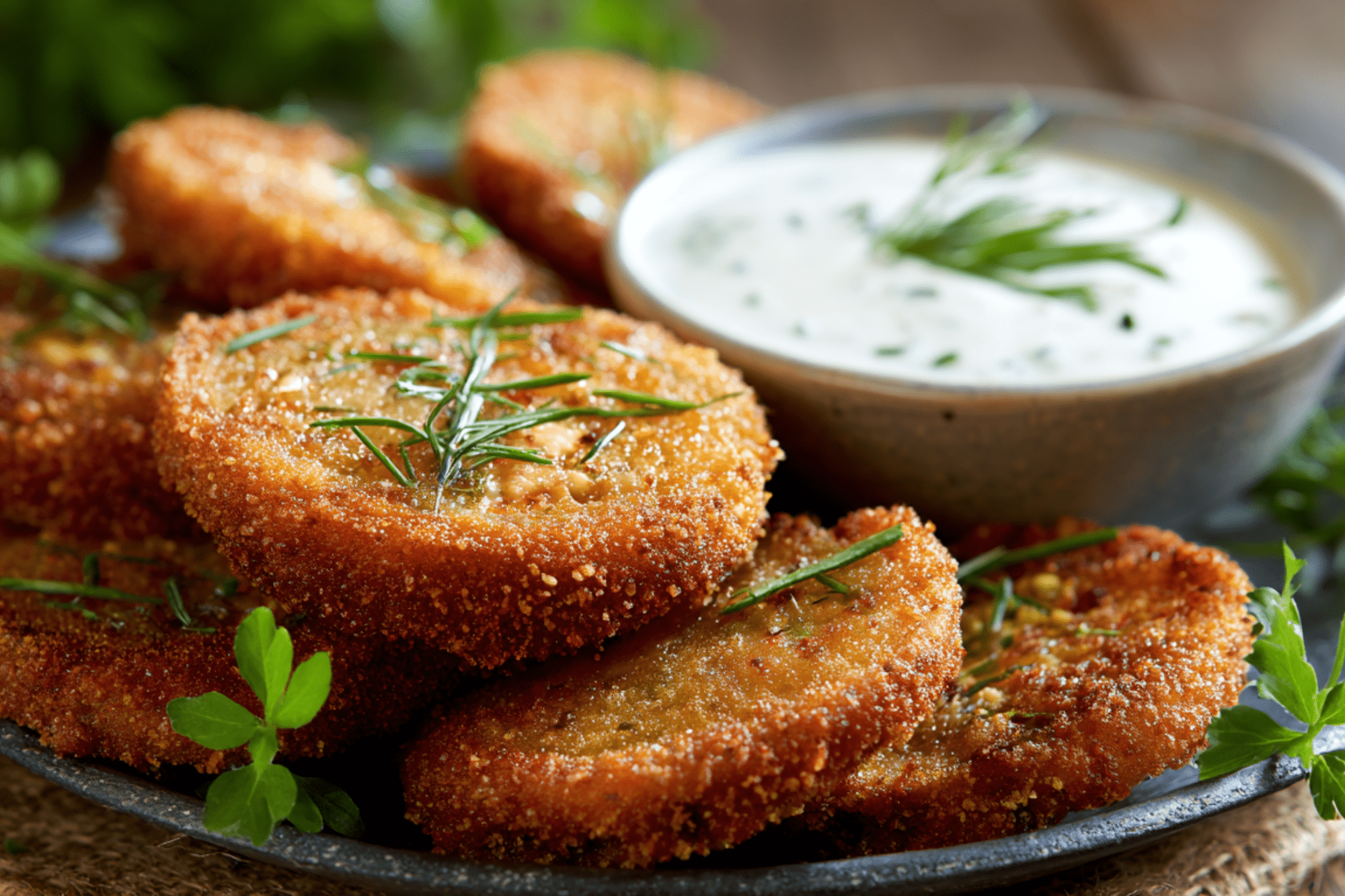
10 Tips to keep in mind when cooking Turkey Bolognese
- Choose lean ground turkey: Opt for lean or extra lean ground turkey to keep the dish healthier and reduce excess fat.
- Sauté the aromatics: Take the time to sauté the onion, garlic, carrot, and celery before adding the remaining ingredients. This helps develop their flavors.
- Add a splash of red wine: For added depth of flavor, consider adding a splash of red wine to the sauce. It enhances the richness and complexity of the Bolognese.
- Simmer for a longer time: Let the Bolognese sauce simmer on low heat for an extended period, around 30 minutes or more. This allows the flavors to meld together and results in a more developed taste.
- Season with herbs and spices: Use dried basil, dried oregano, salt, black pepper, and red pepper flakes to season the sauce. Adjust the quantities according to your preference.
- Make it in advance: Like many tomato-based sauces, the flavors of Turkey Bolognese deepen and intensify over time. Consider making it a day in advance for even better taste.
- Store leftovers properly: Store any leftover Turkey Bolognese in an airtight container in the refrigerator for up to 3-4 days or freeze it for longer storage. Thaw in the refrigerator before reheating.
- Customize the vegetables: Feel free to experiment with the vegetable components of the Bolognese sauce. You can add additional vegetables like mushrooms, bell peppers, or zucchini for extra texture and flavor.
- Serve with your favorite pasta: Turkey Bolognese pairs wonderfully with various pasta shapes such as spaghetti, fettuccine, penne, or rigatoni. Choose your favorite or try different ones for a new experience.
- Garnish and cheese: Finish the dish with a sprinkle of fresh basil or parsley for a burst of freshness. Optionally, top each serving with grated Parmesan or Pecorino Romano cheese for added richness and tanginess.
Serving suggestions
Turkey Bolognese is a versatile sauce that can be enjoyed in various ways. Here are some serving suggestions to elevate your meal:
-
Classic Spaghetti: Serve the Turkey Bolognese over al dente spaghetti noodles for a timeless and satisfying meal. Top with freshly grated Parmesan cheese and a sprinkle of chopped parsley.
-
Zucchini Noodles: For a low-carb and lighter option, toss the Turkey Bolognese with spiralized zucchini noodles. Sauté the noodles briefly or serve them raw for a refreshing twist.
-
Baked Pasta Casserole: Mix the Turkey Bolognese with cooked pasta, layer it in a baking dish, and top with cheese. Bake until golden and bubbly for a comforting pasta casserole.
-
Stuffed Bell Peppers: Fill hollowed-out bell peppers with the Turkey Bolognese mixture, sprinkle with cheese, and bake until the peppers are tender. It's a flavorful and wholesome stuffed pepper dish.
-
Lasagna: Layer the Turkey Bolognese sauce with lasagna noodles and cheese for a classic and hearty lasagna. Bake until the cheese is melted and bubbly, and the flavors meld together.
-
Sandwich Filling: Use the Turkey Bolognese as a delicious filling for sandwiches or sliders. Pile it onto crusty bread, top with cheese if desired, and broil until the cheese is melted and bubbly.
-
Pizza Topping: Spread the Turkey Bolognese over pizza dough as a unique and flavorful sauce. Top with your favorite cheese, vegetables, and herbs, then bake until the crust is golden and crispy.
-
Stuffed Pasta Shells: Fill cooked pasta shells with the Turkey Bolognese, arrange them in a baking dish, and cover with sauce and cheese. Bake until heated through and the cheese is melted.
-
Baked Potatoes: Spoon the Turkey Bolognese over baked potatoes for a hearty and satisfying meal. Top with sour cream, chopped green onions, and grated cheese for extra indulgence.
-
Bolognese-Stuffed Peppers: Fill roasted bell peppers with the Turkey Bolognese and bake until the peppers are tender and the filling is hot. Serve as a unique and flavorful main course.
FAQ'S
Q: Can I use ground beef instead of ground turkey?
A: Yes, you can substitute ground beef for ground turkey in this recipe. It will result in a more traditional Bolognese flavor.
Q: Can I make the sauce spicy?
A: Absolutely! If you prefer a spicier Turkey Bolognese, increase the amount of red pepper flakes or add a pinch of cayenne pepper for an extra kick.
Q: Can I make Turkey Bolognese in a slow cooker?
A: Yes, you can adapt this recipe for a slow cooker. Brown the ground turkey and sauté the aromatics before transferring everything to the slow cooker. Cook on low for 4-6 hours or on high for 2-3 hours.
Q: Can I freeze Turkey Bolognese?
A: Yes, Turkey Bolognese freezes well. Allow it to cool completely, then transfer it to freezer-safe containers or bags. Freeze for up to 3 months. Thaw in the refrigerator before reheating.
Q: Can I use fresh herbs instead of dried?
A: Yes, you can use fresh basil and oregano instead of dried. Use about three times the amount of fresh herbs compared to the dried herbs called for in the recipe.
Q: Can I omit the red wine?
A: Yes, you can omit the red wine if desired. The wine adds depth to the sauce, but the Bolognese will still be flavorful without it.
Q: Can I add vegetables not mentioned in the recipe?
A: Absolutely! Feel free to add or substitute vegetables based on your preference. Mushrooms, bell peppers, or zucchini can be great additions to the Turkey Bolognese.
Q: How can I make Turkey Bolognese creamy?
A: If you prefer a creamy version, you can stir in a couple of tablespoons of heavy cream or full-fat coconut milk during the last few minutes of simmering. This will create a luscious and creamy texture.
Q: Can I make Turkey Bolognese in advance?
A: Yes, Turkey Bolognese can be made in advance. In fact, the flavors deepen and develop even more when allowed to sit overnight in the refrigerator. Just reheat gently before serving.
Q: Can I use this sauce for other dishes?
A: Absolutely! The Turkey Bolognese sauce can be used in various dishes such as lasagna, stuffed pasta shells, or even as a topping for pizza. Its rich and savory flavors make it versatile in the kitchen.
